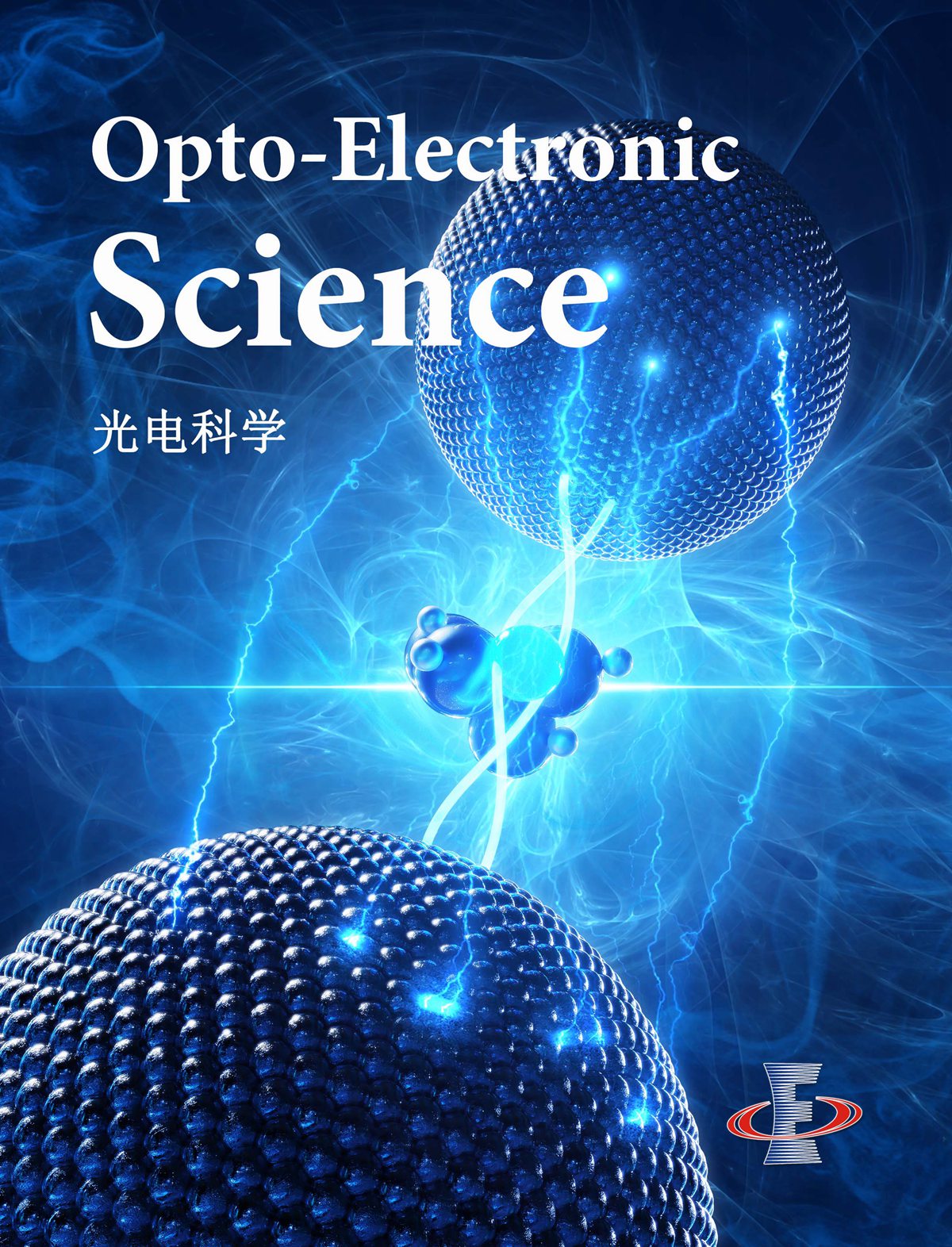 View fulltext
View fulltext
Quantum dot-based up-conversion photodetector, in which an infrared photodiode (PD) and a quantum dot light-emitting diode (QLED) are back-to-back connected, is a promising candidate for low-cost infrared imaging. However, the huge efficiency losses caused by integrating the PD and QLED together hasn’t been studied sufficiently. This work revealed at least three origins for the efficiency losses. First, the PD unit and QLED unit usually didn’t work under optimal conditions at the same time. Second, the potential barriers and traps at the interconnection between PD and QLED units induced unfavorable carrier recombination. Third, much emitted visible light was lost due to the strong visible absorption in the PD unit. Based on the understandings on the loss mechanisms, the infrared up-conversion photodetectors were optimized and achieved a breakthrough photon-to-photon conversion efficiency of 6.9%. This study provided valuable guidance on how to optimize the way of integration for up-conversion photodetectors.
Integrated photonic devices are essential for on-chip optical communication, optical-electronic systems, and quantum information sciences. To develop a high-fidelity interface between photonics in various frequency domains without disturbing their quantum properties, nonlinear frequency conversion, typically steered with the quadratic (χ2) process, should be considered. Furthermore, another degree of freedom in steering the spatial modes during the χ2 process, with unprecedent mode intensity is proposed here by modulating the lithium niobate (LN) waveguide-based inter-mode quasi-phase-matching conditions with both temperature and wavelength parameters. Under high incident light intensities (25 and 27.8 dBm for the pump and the signal lights, respectively), mode conversion at the sum-frequency wavelength with sufficient high output power (?7 – 8 dBm) among the TM01, TM10, and TM00 modes is realized automatically with characterized broad temperature (ΔT ≥ 8 °C) and wavelength windows (Δλ ≥ 1 nm), avoiding the previous efforts in carefully preparing the signal or pump modes. The results prove that high-intensity spatial modes can be prepared at arbitrary transparent wavelength of the χ2 media toward on-chip integration, which facilitates the development of chip-based communication and quantum information systems because spatial correlations can be applied to generate hyperentangled states and provide additional robustness in quantum error correction with the extended Hilbert space.










